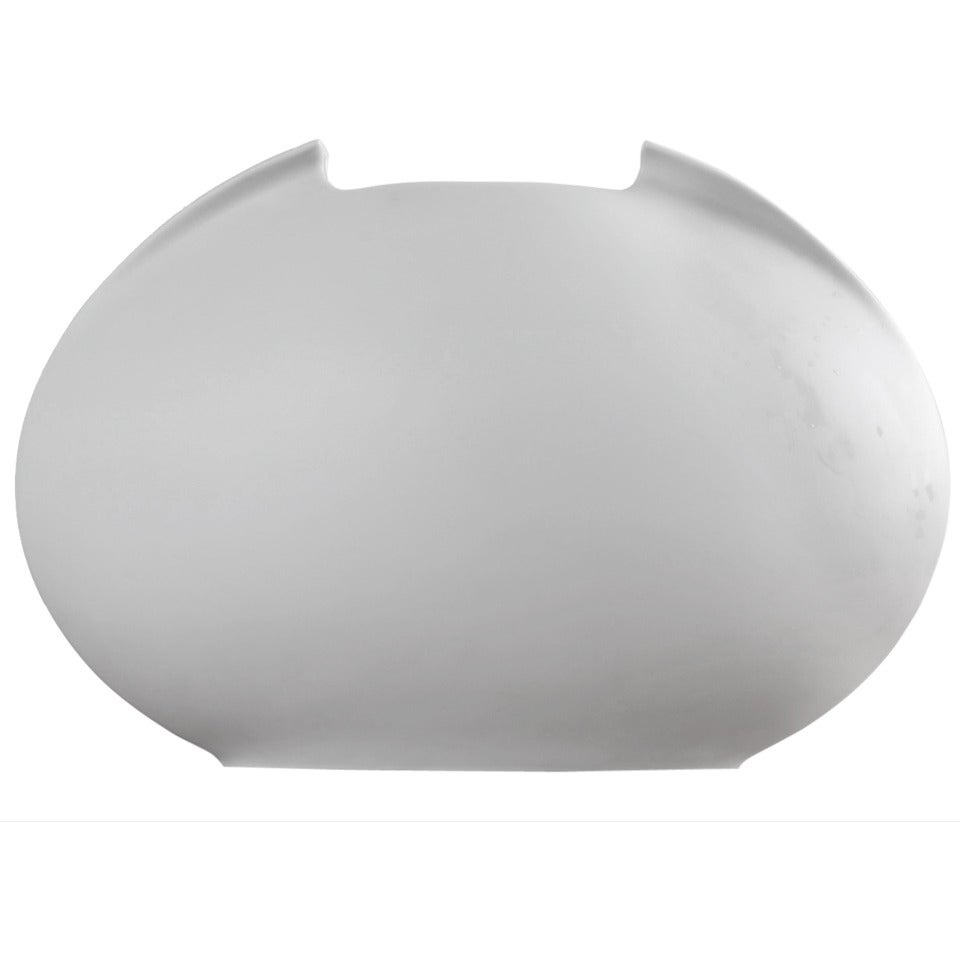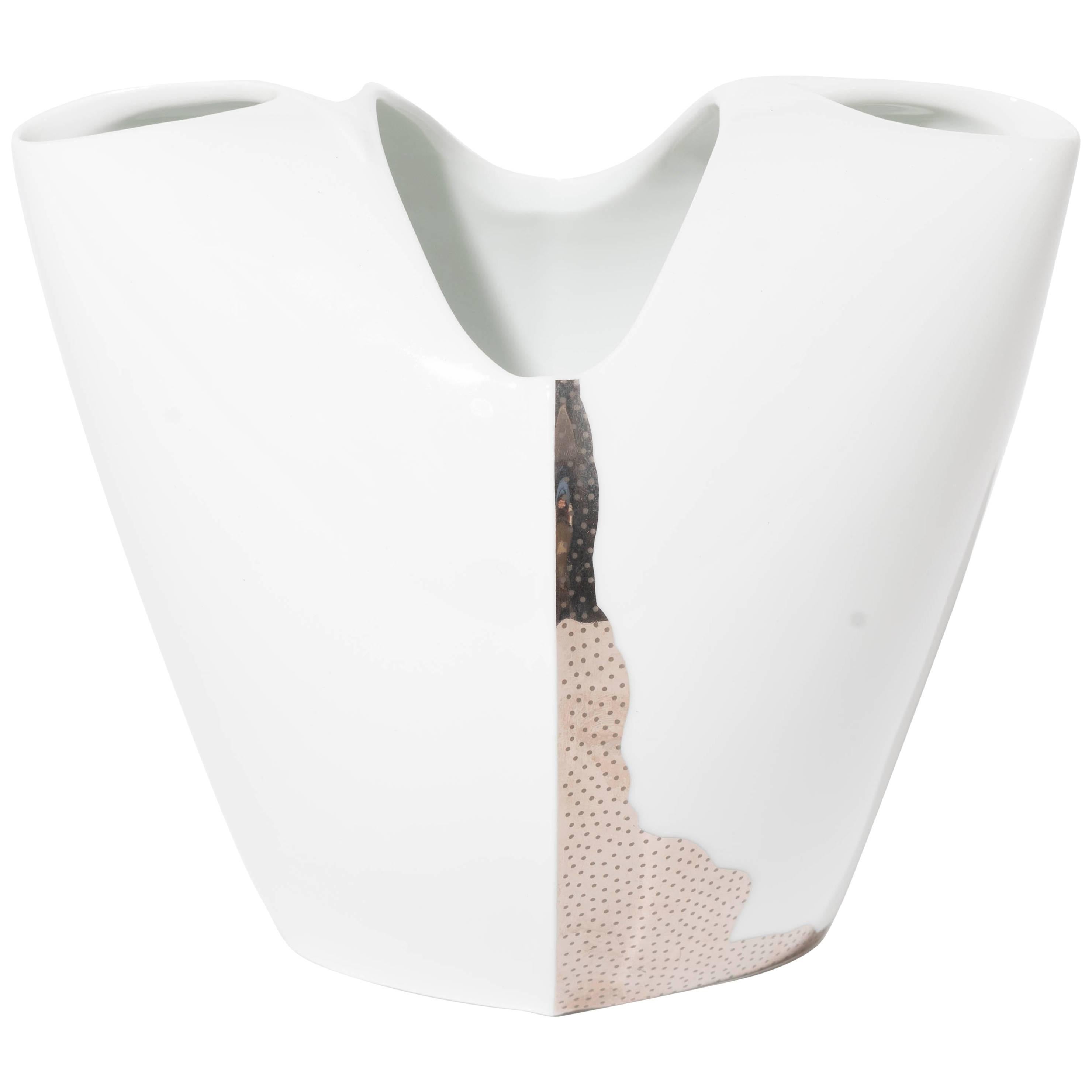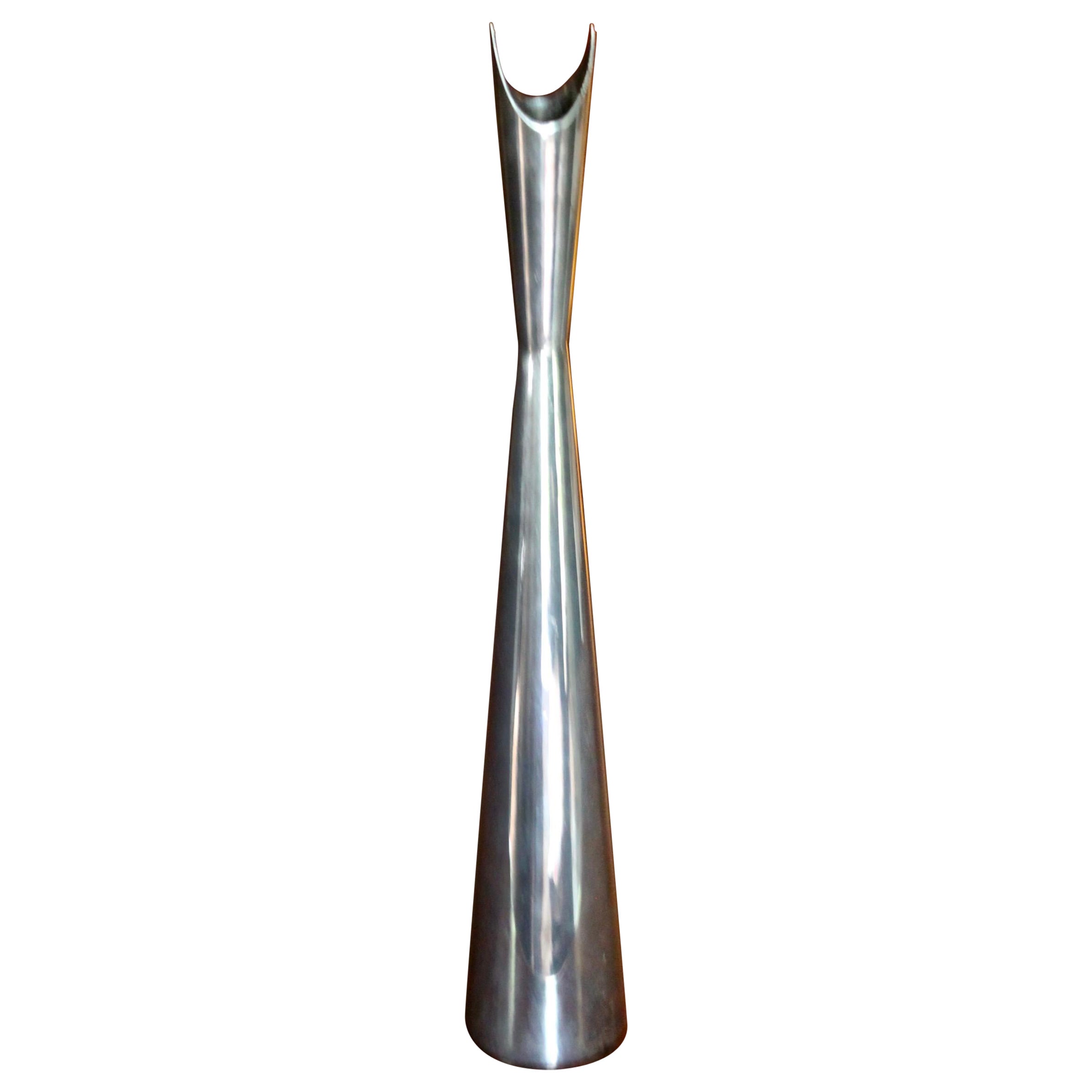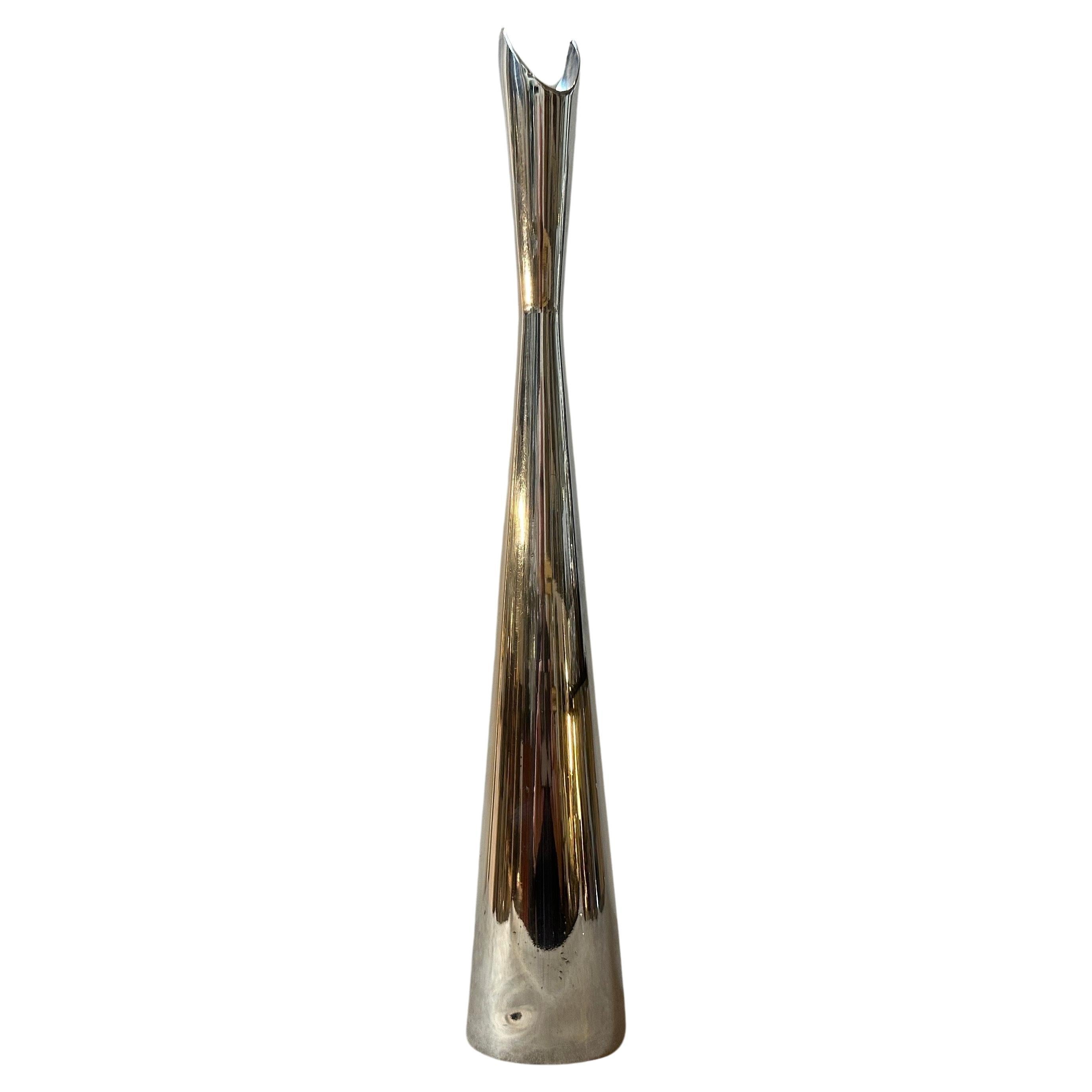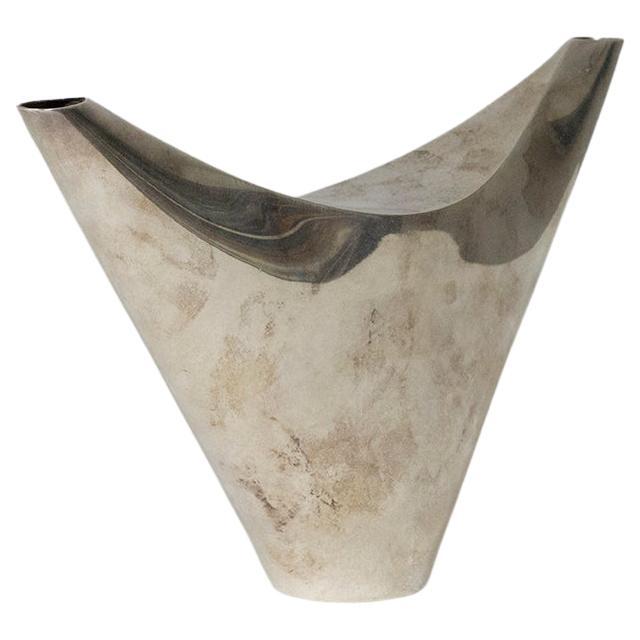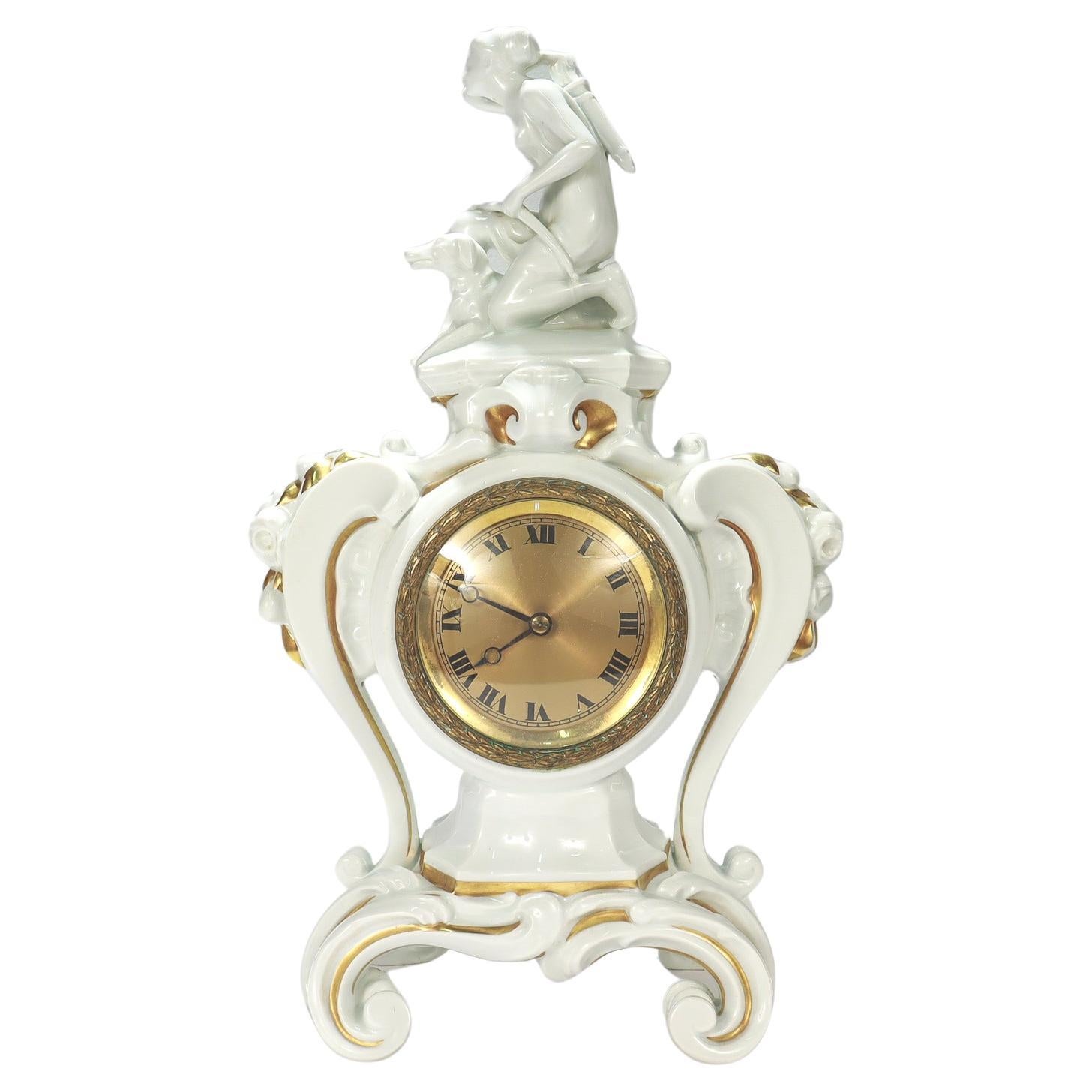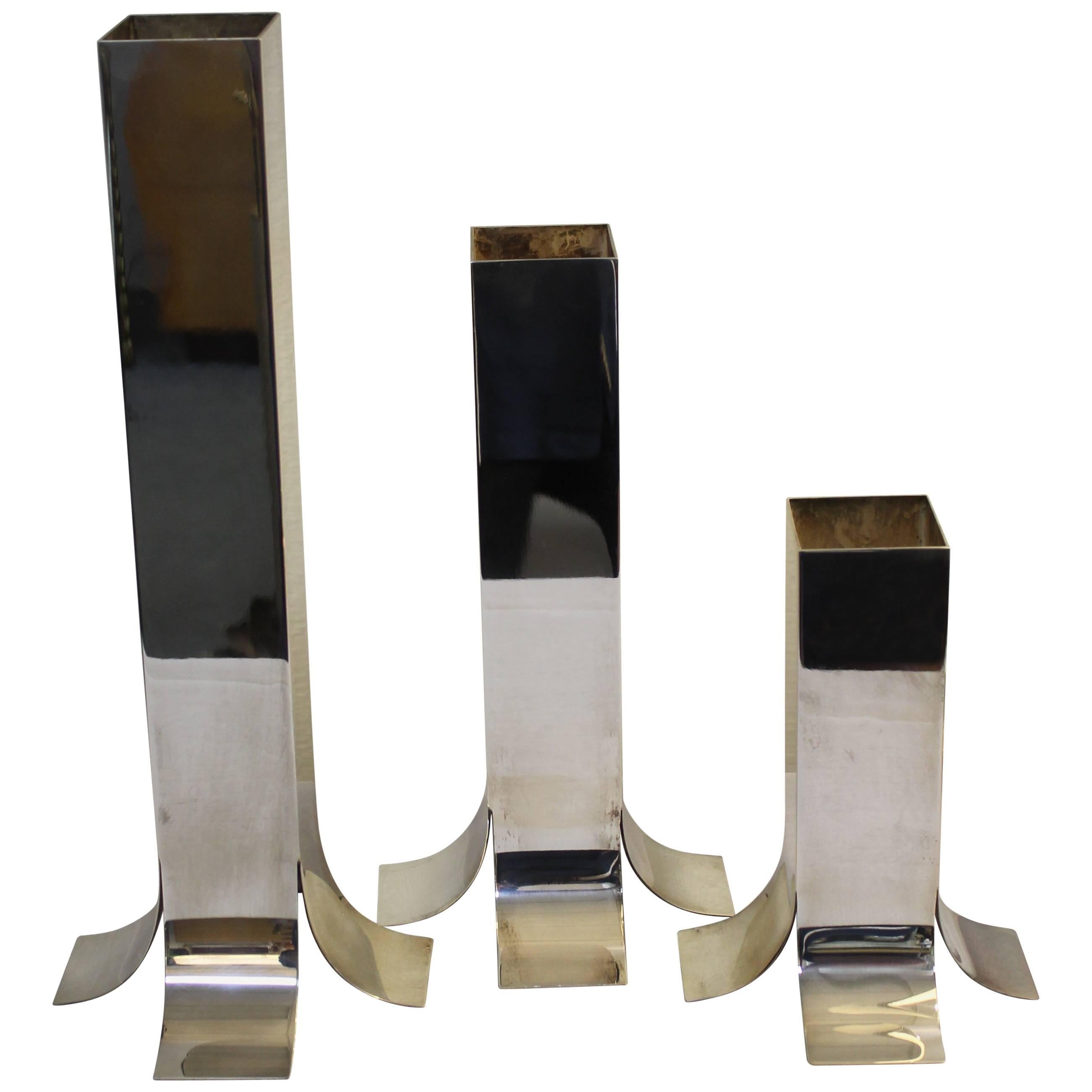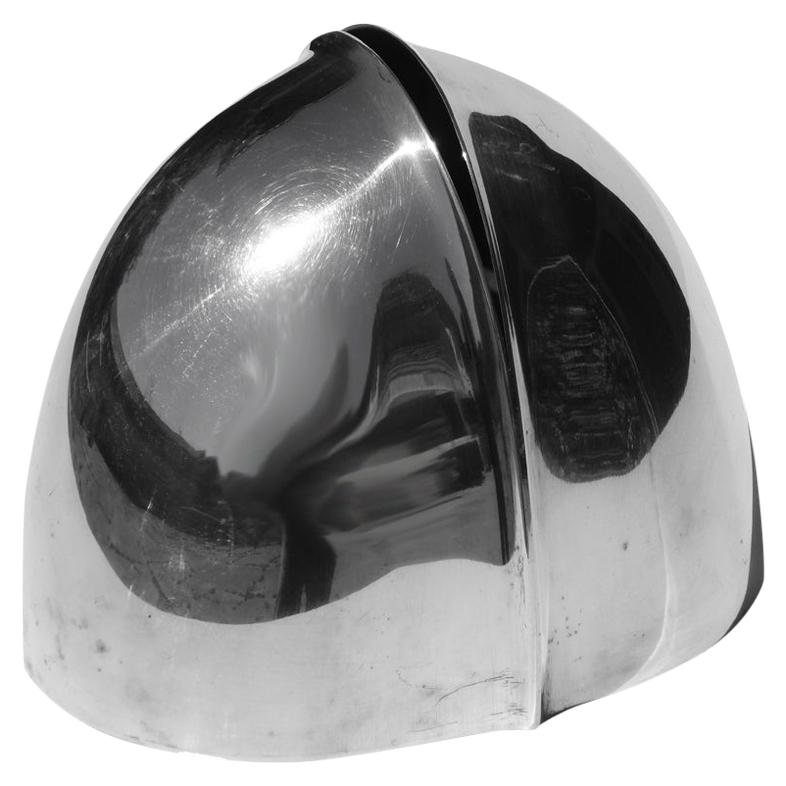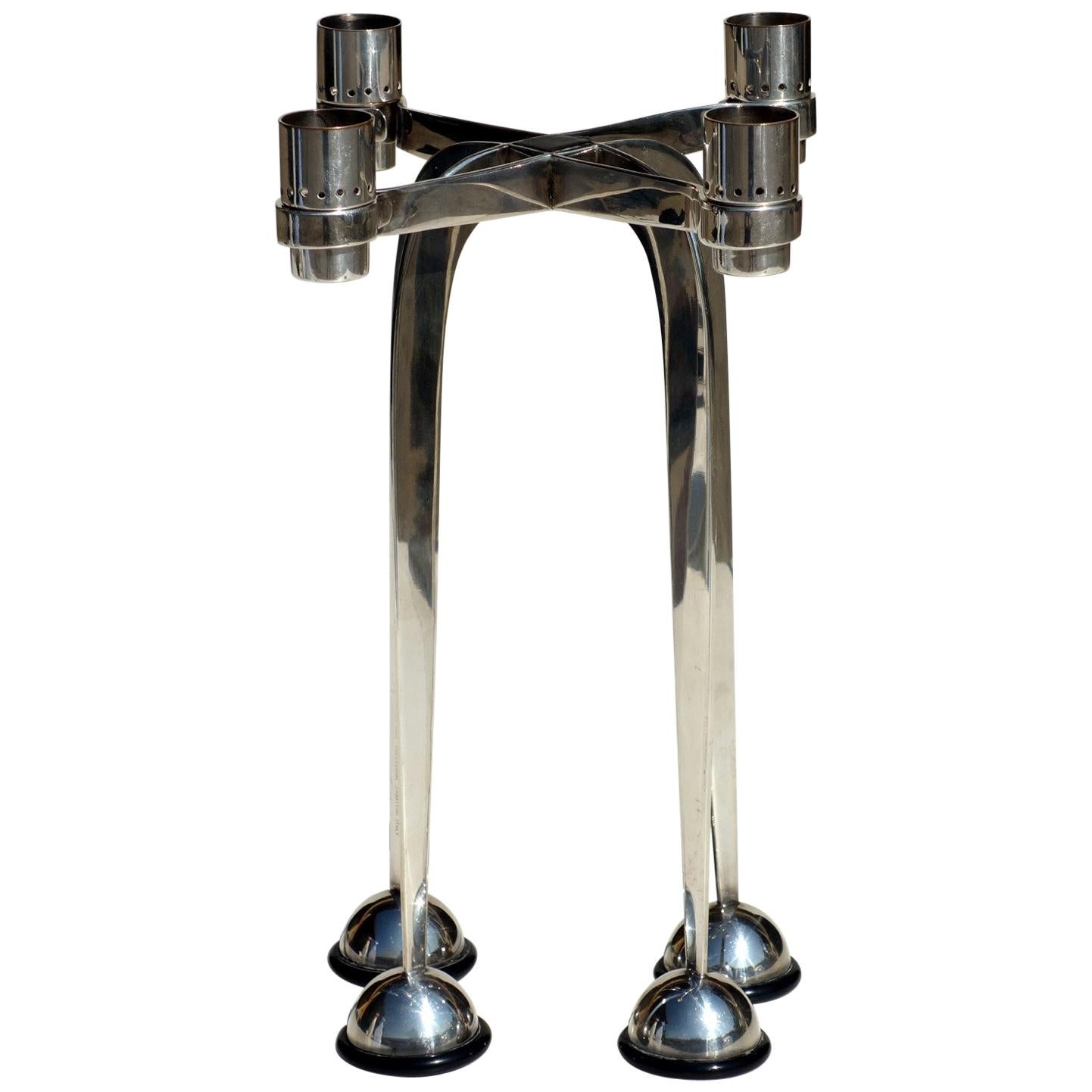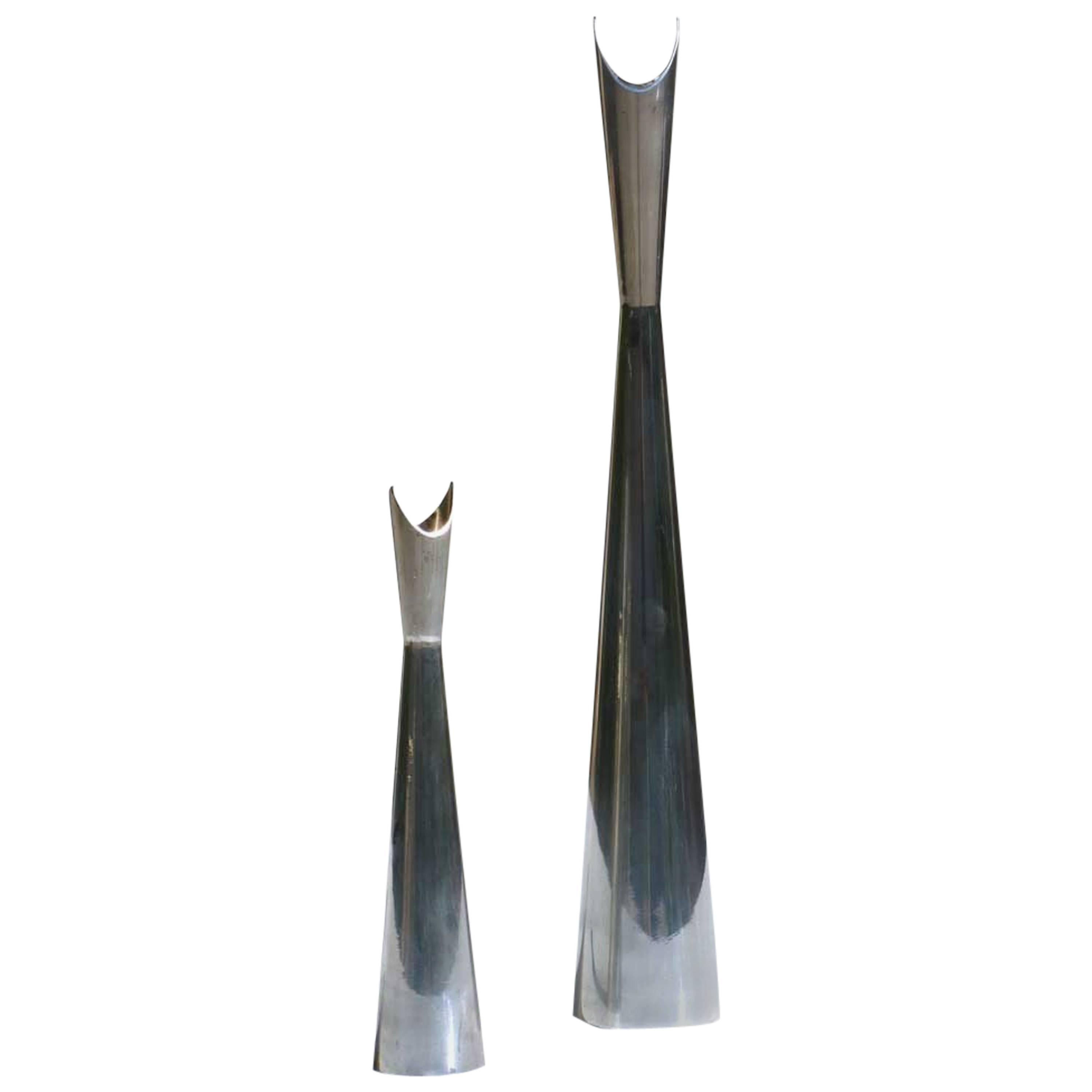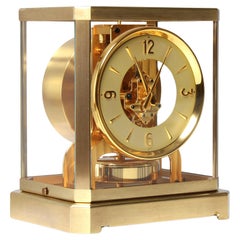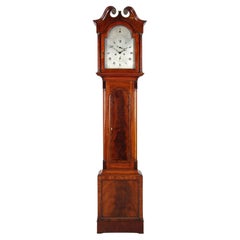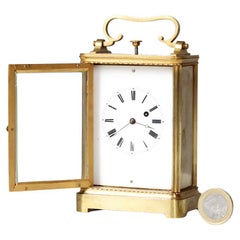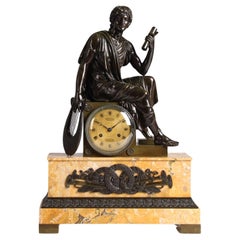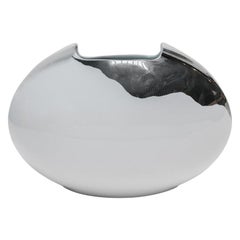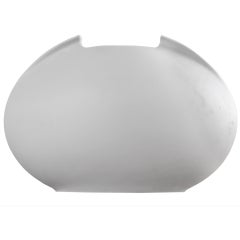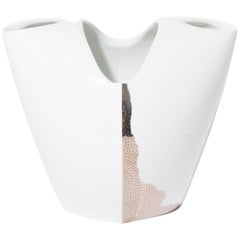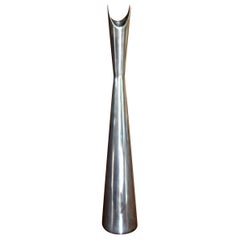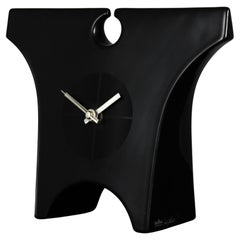
Design Clock "Tempo Nero" By Lino Sabattini, For Rosenthal, 1988
View Similar Items
Design Clock "Tempo Nero" By Lino Sabattini, For Rosenthal, 1988
About the Item
- Creator:Lino Sabattini (Designer),Rosenthal (Maker)
- Dimensions:Height: 7.09 in (18 cm)Width: 8.67 in (22 cm)Depth: 2.76 in (7 cm)
- Materials and Techniques:
- Place of Origin:
- Period:
- Date of Manufacture:1988
- Condition:Wear consistent with age and use. The clock is in working condition in a short-term test.
- Seller Location:Greven, DE
- Reference Number:1stDibs: LU5419238907252
Lino Sabattini
Lino Sabattini was the preeminent figure in modern Italian silver and metalware design. His expansive and diverse body of work is marked by its strength and boldness, whether in dynamic forms that suggest the thrust and power of Italian Futurist art and design or light and curvaceous biomorphic serveware and decorative objects.
Sabattini was largely self-taught as a designer. Born in the northern Italian town of Correggio, he learned metalsmithing techniques while working in the studio of a maker of brass tableware. He also served as an apprentice of sorts to the expatriate German ceramist Roland Hettner, who taught Sabattini about fluidity of form and showed him how shapes derive from the behavior of materials.
At age 30, Sabattini opened a studio in Milan, and his work quickly came to the attention of Gio Ponti, who decided to publish it in Domus, the Italian design legend's influential design and architecture magazine. Ponti also arranged for Sabattini’s creations to be included in a 1956 exhibition of contemporary Italian design in Paris. The principals of Christofle, the revered French silverware maker, were so impressed that they hired the young designer as the firm’s artistic director, a post he held until 1963. Sabattini, who would also go on to design ceramic wares for Rosenthal, returned home to open Argenteria Sabattini in Bregnano, a company still in business today.
A designer with a questing curiosity and ever-evolving aesthetic sensibility, Sabattini couldn’t be pinned down to one particular style. His best-known work, the Como coffee and tea service of 1956, has an elegant, attenuated and energetic form; his Stairs coffee and tea service (1971), meanwhile, is a clever group of simple columnar shapes in stepped heights, which nest together in a compact arrangement. Other Sabattini pieces have dramatic angles, or sweeping, wing-like flourishes, or consist of perforated ovoids somehow reminiscent of sculptures by Brancusi. In any style, Sabattini produced objects of singular fascination.
Find a range of vintage Lino Sabattini vases and other decorative objects on 1stDibs.
Rosenthal
While the Rosenthal Porcelain Factory grew from humble decorating roots — as many pottery companies do — it eventually built a list of universally revered designer and artist partners that included Andy Warhol and Salvador Dalí. And after securing an enviable position as a top manufacturer of serveware and dominating the porcelain and bone china markets, Rosenthal expanded into furniture production, working with influential designers Verner Panton, Luigi Colani and Günther Ferdinand Ris and Herbert Selldorf.
German-born Jewish businessman Philipp Rosenthal founded the company in 1879 in Bavaria. It began as his modest workshop where he painted porcelain and encountered success with porcelain ashtrays. Rosenthal hired the best designers and clay modelers he could find. Adolf Oppel designed figurative Art Nouveau pieces, while Eleonore (Lore) Friedrich-Gronau produced decorative objects, namely her graceful porcelain dancer figurines, for the company.
Dinnerware, though, would be a Rosenthal mainstay. Between 1904 and 1910, Rosenthal produced its renowned dinnerware lines such as Donatello, Darmstadt and Isolde. These were introduced as unornamented white pieces — only later were they given their underglaze designs.
Rosenthal founder Philipp, a Catholic of Jewish ancestry, resigned in 1934 as the company’s president due to pressures owing to discriminatory German laws that took shape during the rise of the Nazi regime. Rosenthal died in 1937, and the family fled to America. The company would not regain its footing until 1950 when Rosenthal’s son, Philip, joined the firm and, in 1958, became chairman and dubbed Germany’s “China King.” At its peak, the company had 10,000 employees.
In the 1950s, Rosenthal’s modernist dinnerware was a significant part of the brand’s offerings, and by 1961 they introduced the famed Rosenthal Studio Line. Although furniture designers and ceramicists would lead the list of individuals working with Rosenthal — among them Tapio Wirkkala, Max Weber and Lisa Larson — the company eventually reached out to fine artists, not only Dalí and Warhol but Sandro Chia and Kenny Scharf. Rosenthal also collaborated with fashion designers Gianni Versace and Donatella Versace.
In a daring move in 1972, the company diversified into furniture, collaborating with some of the giants of mid-century modern design. The revolutionary Sunball chair, an icon of Space Age seating crafted by Selldorf and Ris, was among Rosenthal’s stellar successes in this venture.
On 1stDibs, find vintage Rosenthal ceramics, porcelain, tableware, seating and more.
More From This Seller
View AllVintage 1950s Swiss Mid-Century Modern Table Clocks and Desk Clocks
Brass
Antique 1820s Scottish George III Grandfather Clocks and Longcase Clocks
Mahogany
Antique 19th Century French Carriage Clocks and Travel Clocks
Brass
Antique 1830s French Restauration Table Clocks and Desk Clocks
Siena Marble, Bronze
Vintage 1970s Swiss Mid-Century Modern Table Clocks and Desk Clocks
Brass
Vintage 1970s Swiss Mid-Century Modern Table Clocks and Desk Clocks
Brass
You May Also Like
Late 20th Century German Vases
Porcelain
Late 20th Century German Vases
Porcelain
Vintage 1980s German Post-Modern Vases
Porcelain
Mid-20th Century Italian Mid-Century Modern Vases
Silver Plate
Mid-20th Century French Minimalist Vases
Silver Plate
Vintage 1960s Italian Mid-Century Modern Decorative Bowls
Silver Plate

